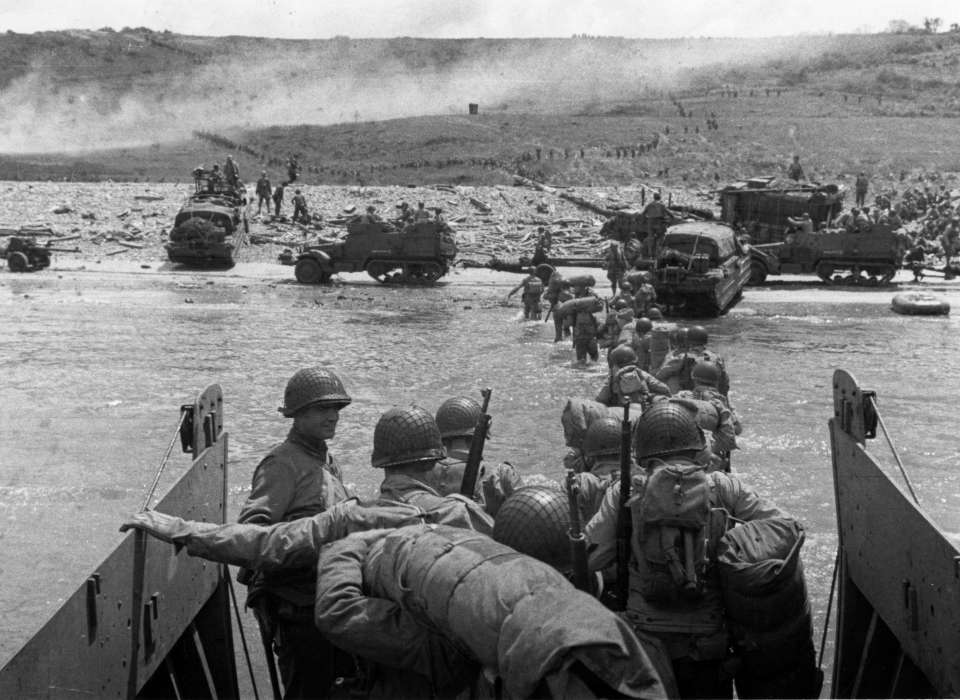The D-Day invasion of June 6, 1944, marked a pivotal moment in history, as Allied forces launched a massive operation to liberate Europe from Nazi control. This daring military campaign, meticulously planned and carried out, showcased the Allied forces’ ability to overcome entrenched enemy defenses and establish a foothold on the continent. The subsequent breakthrough and liberation of key towns and cities in Normandy paved the way for the eventual defeat of Hitler’s regime and the liberation of Europe. The legacy of D-Day serves as a reminder of the courage, sacrifice, and unity among the Allied nations, inspiring future generations to honor and remember those who fought for freedom and democracy.
The D-Day Invasion: Liberation of Europe
Introduction
On June 6, 1944, Allied forces launched the largest seaborne invasion in history with the goal of liberating Europe from Nazi control. Known as D-Day, this monumental operation marked the beginning of the end of World War II and paved the way for the eventual defeat of Hitler’s regime.
Planning and Preparation
The planning for D-Day was meticulously carried out over months, with General Dwight D. Eisenhower in charge of overseeing the operation. A massive deception campaign was launched to mislead the Germans about the timing and location of the invasion, known as Operation Fortitude. Meanwhile, troops from the Allied nations were trained and equipped for the assault, with a focus on amphibious landings and coordinated maneuvers.
The Invasion
On the morning of June 6, 1944, under the cover of darkness, thousands of Allied soldiers landed on the beaches of Normandy, France. The operation involved five landing zones, codenamed Utah, Omaha, Gold, Juno, and Sword, with American, British, Canadian, and other Allied forces participating in the assault. Despite heavy German resistance and casualties, the Allies were able to establish a beachhead and push inland.
Breakthrough and Liberation
Over the following weeks, the Allies made significant progress in pushing back the German forces and liberating key towns and cities in Normandy. The breakout from the beachhead came on July 25, when American and British forces broke through the German lines at St. Lo, leading to a rapid advance across France. By August, Paris was liberated from German control, and the Allies continued to push eastward towards Germany.
Legacy
The D-Day invasion was a turning point in World War II, as it demonstrated the Allied forces’ ability to launch a large-scale amphibious assault and successfully overcome entrenched enemy defenses. The liberation of Europe from Nazi control was a significant milestone in the war, and D-Day remains a symbol of courage, sacrifice, and unity among the Allied nations.
Conclusion
The D-Day invasion of June 6, 1944, will forever be remembered as one of the most daring military operations in history. The bravery and determination of the Allied soldiers who stormed the beaches of Normandy paved the way for the eventual defeat of the Axis powers and the liberation of Europe. The legacy of D-Day continues to inspire future generations to remember and honor those who fought for freedom and democracy.
